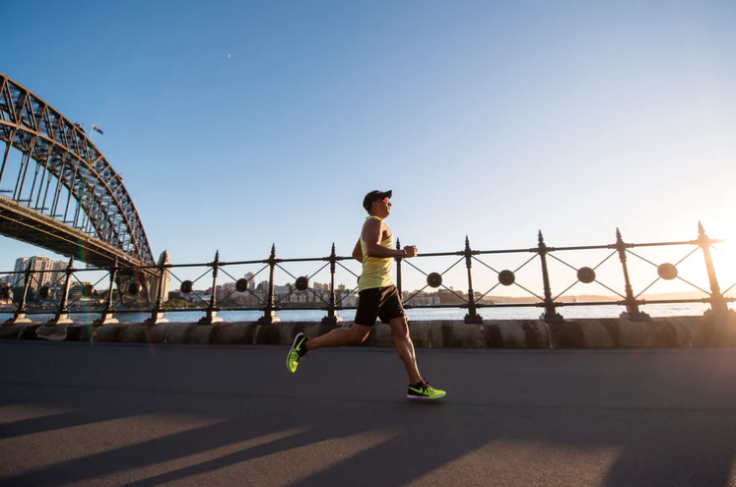Keep Moving Your Achy Joints: Study Says Regular Exercise Can Help Manage Osteoarthritis
Pain and stiffness of joints are symptoms associated with osteoarthritis – the common form of "wear and tear" arthritis. Most often, osteoarthritis patients tend to reduce their physical activity because of the pain and fear that their joints need rest. A new study has found that the key to managing osteoarthritis is keeping the joints active.
It is estimated more than 32.5 million adults in the U.S. live with the painful condition, which gradually progresses over time. Osteoarthritis is caused when joint cartilage gets damaged or breaks down.
Certain factors such as injury or overuse of joints, age, obesity and genetics can affect the risk of developing osteoarthritis. Women are more likely to develop osteoarthritis than men, while some Asian populations are at a reduced risk.
The latest study conducted by UT Southwestern, along with the Centers for Disease Control and Prevention, says getting regular exercise and achieving a healthy weight are the crucial steps to prevent osteoarthritis and control the symptoms.
"While the pain from osteoarthritis worsens with activity and improves with rest, exercise is still the most cost-effective treatment for it," Dr. Kathryn Dao, a lead author of the study, said in a news release. "Studies have shown exercise can build cartilage, strengthen muscles, and improve joint function and bone mass. Patients who exercise also have better balance and a lower risk of falling."
For beginners, the researchers recommend a low-intensity workout for a limited amount of time. They can increase it gradually to moderate/high-intensity levels for 30 minutes a day.
If the patients find it difficult to exercise continuously for 30 minutes, breaking it down to two 15-minute sessions a day also will help.
Activities such as jumping, long-distance running, stair climbing or heavy lifting of weights may cause more pain. So osteoarthritis patients should choose the right kind of activity that fits them. Consulting with a physical therapist or a trainer can help patients to get an individualized program that can minimize the risk of injury.
"Low-impact exercises such as swimming, bicycling, Pilates, yoga and walking on level ground are better tolerated and effective in patients with moderate to severe osteoarthritis. Stretching before and after a workout also helps to loosen the muscles and lubricates the joints to prevent injury," Dao said.

Published by Medicaldaily.com



























